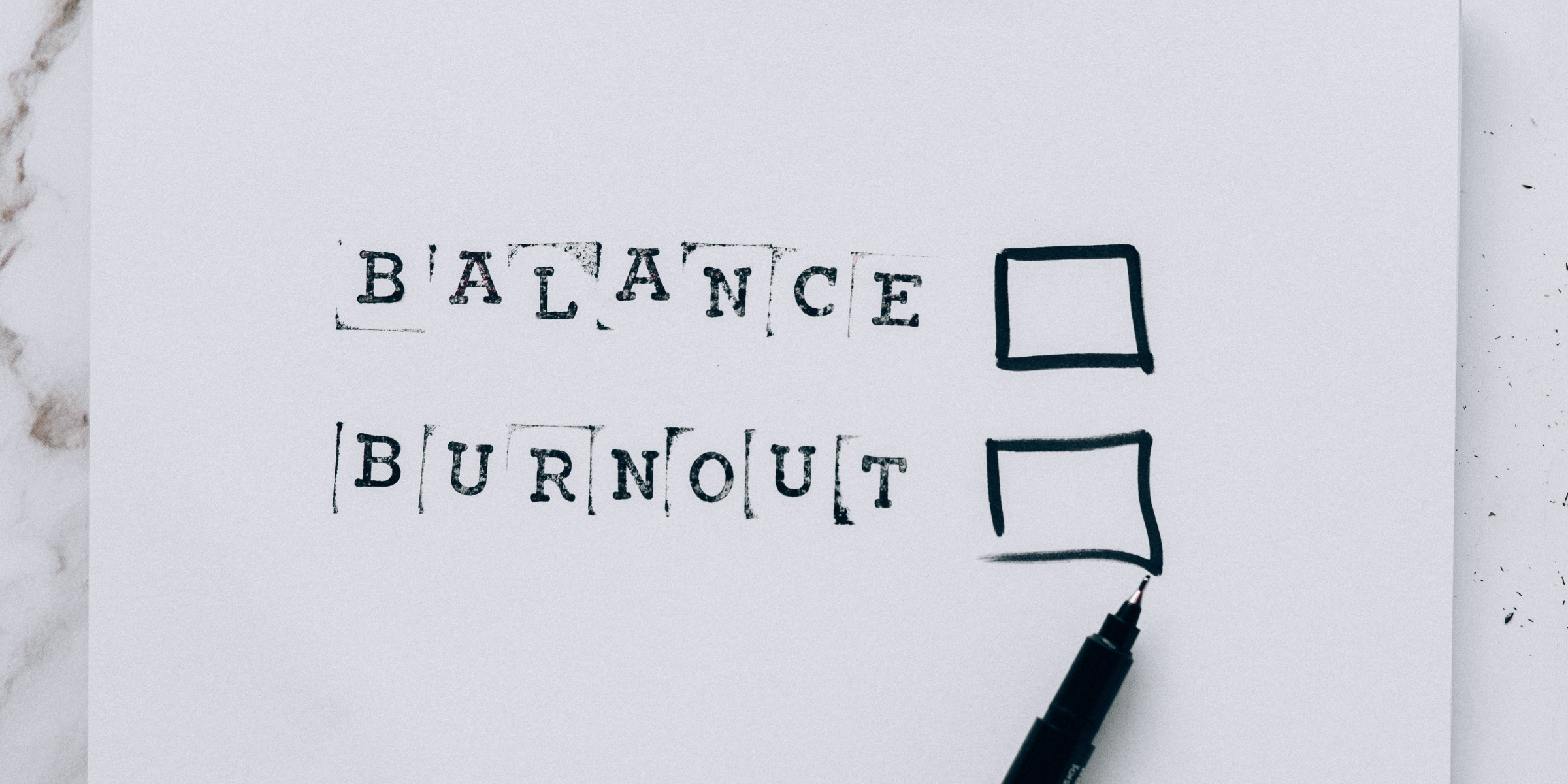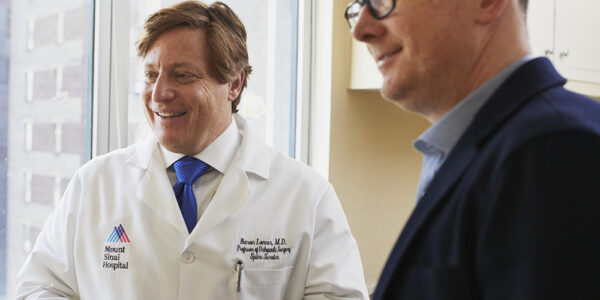Burnout and compassion fatigue have been hot topics in the news since the rise of COVID-19. Especially important is the effect the pandemic has had on medical professionals and the rise of physician burnout. As cases of COVID-19 rose, attention to physician mental health fell by the wayside. It’s time to return focus to the wellbeing of medical professionals and work to reduce provider burnout.
What is provider burnout?
In general, the terms ‘compassion fatigue‘ and ‘burnout’ are often used interchangeably. According to the American Psychological Association (APA), compassion fatigue occurs when professionals assume some of the stress and trauma of those they regularly interact with. As you can imagine, healthcare professionals manage a lot of trauma. This was especially true at the start of the pandemic.
Burnout can be a component of compassion fatigue. It has also been generally associated with the combination of work overload and a lack of resources. This is a perfect characterization of what health care workers experienced throughout the pandemic. Provider burnout often manifests with high rates of depression, anxiety, and exhaustion, as well as work dissatisfaction.
Research from the National Center for Biotechnology Information (NBCI) shows that over half of nurses experience moderate burnout with exhaustion levels increasing by 10 percent in the first year of working. There is no doubt that the levels of nurse burnout have become more pronounced since the rise of COVID-19. This a problem for those directly experiencing burnout, and for their patients. When healthcare workers experience burnout, they are more likely to struggle with communication and are thus unable to perform their job duties at the highest level. This impacts patients and their satisfaction with the care they receive.
What would you think is the number one cause of provider burnout?
How technology can ease provider burnout
If you Google “how to decrease burnout,” you will come across many strategies. This list can include, but is not limited to, improving work schedules, practicing mindfulness, and boundary setting. However, many of these are often not easily attainable, especially in the healthcare industry.
One thing that is readily available that organizations can use to fight burnout is technology.
HIPAA compliant messaging technology can help ease provider burnout. Here are some real world examples we’ve seen:
Cadena Family Practice
Using HIPAA-compliant texting, Cadena Family Practice was able to decrease call volume and voicemails. Rather than patients calling in to speak with their provider, they are now able to message in whenever is convenient to them. And as texting is asynchronous, their provider is able to message them back when they have a free moment. Patients are happy because they don’t have to wait on hold, and providers are glad to have satisfied patients and found a convenient workflow.
Cadena Family Practice also made use of Autopilot automated messaging workflows, which allowed them to have patients check in and request medication refills without staff having to lift a finger. All the necessary questions can be asked by Autopilot, which will then be received in one clean message with all the required information on the provider end. This allows staff to focus on patient care and less on repeated administrative tasks throughout the day. This decreased frustration, exhaustion, and provider burnout.
Using Broadcast texting, Cadena sent out appointment reminders to patients en masse rather than through calling individual patients. Reminders are customizable to each patient and can include fields like patient name, appointment time, and any necessary pre-appointment instructions. Not only does this increase the likelihood that patients will actually make it to their appointment, it also hugely decreases the need for calling patients.
Cadena also uses online forms, which are easily fillable for patients and can be transferred directly into patients’ Electronic Health Record (EHR). Before using OhMD’s forms option, staff at Cadena Family Practice had to email, download, print, scan, and file their forms. Patients had to come into the office 10 minutes before their appointment to complete paperwork. Electronic forms have allowed them to save time and money all while pleasing patients.
According to the Practice Administrator, Julia Cadena, “On average, OhMD saves our front desk staff 1-2 hours per day”. In this case, there is no doubt that technology has made the clinician experience far more enjoyable and manageable and reduced administrative burden.
Family Practice Associates of Lexington
FPA initially began using OhMD as a solution to decrease their massive call volume.
They were a frequent victim of phone tag, which was both time-consuming and incredibly frustrating. Staff were calling patients to inform them of new lab results, referral status, and bills. And frequently, they never received a call back.
As you can imagine, this created a huge problem for staff.
So, FPA turned to OhMD for HIPAA-compliant texting. After only four months of using OhMD their call volume dropped 22 percent. Texting also cut down on the time it took for staff to receive necessary information from patients and clear out their inboxes in record time.
FPA also makes use of Video Visits, which allows their care providers to text a link to patients and conduct a virtual appointment easily. With this feature, patients don’t need to log into a portal to access their provider. OhMD Video Visits also allow providers and patients to engage in longer appointments with low rates of dropped calls or lagging.
Staff at FPA have noticed that the ability to text multiple patients simultaneously has saved immeasurable amounts of time. Even better, patients are happier with texting. In fact, ninety-eight percent of texts are read. This vast increase in connectivity makes it possible to reach patients in a timely manner, and plays a major role in reducing provider burnout.
Southeastern Pediatric Associates
At the start of the pandemic, Southeastern Pediatric Associates, like most practices, decided to do away with the traditional waiting room. They eventually turned to OhMD’s HIPAA compliant texting to check patients in from the safety of their vehicles. And, as it turns out, patients prefer this set-up over the traditional waiting room. The parking lot waiting room maintained patient safety during an uncertain time, but allowed patients to seek the care they needed.
Southeastern Pediatric Associates also opted to use OhMD’s Forms tool. They now text patients links to forms that need to be completed before an appointment. This saves the care team and the patient time by cutting out traditional paper forms that need to be completed in a physical waiting room.
Before using OhMD, the patient check-in process took 15-20 minutes prior to each appointment. Patients often felt that their time was being wasted, and staff were stuck managing a patient bottleneck. Using OhMD’s HIPAA compliant texting and Forms, their check-in time has been reduced to 5 minutes. Less time spent on administrative tasks helps to ease stress which, in turn, lessens provider burnout. Even more, the customer experience was improved because patients felt their time was being respected.
Online forms also allow providers at Southeastern Pediatric Associates the chance to review forms prior to an appointment. They can be more present and engaged when meeting with patients, and patients notice. The patient experience is improved, and providers are given the autonomy to manage their time.
Intermountain Heart Center
Dr. Steven Miller turned to OhMD in search of a patient communication tool which would allow his fellow healthcare professionals to connect with patients more efficiently. Once Intermountain Heart Center began to use OhMD’s HIPAA compliant texting tool, he found that the time delay which is generally present when messaging with patients through an EHR portal virtually disappeared.
Miller also noticed that, with all messages coming in through OhMD, his colleagues were better able to manage patient communication. His fellow staff members were no longer forgetting to check the various sites that patient messages could come in from. Both patients and providers were content with this change. Patients knew they had a reliable way to contact their doctor, and providers had less lines of communication to moderate.
Soon after beginning to use OhMD, Dr. Miller was voted the best cardiologist in Utah. He attributes a portion of this award to his use of OhMD.
Provider burnout is real but technology can help
Provider burnout is a very real and common experience.
One concrete way to decrease the potential of this happening at your healthcare organization is to implement technologies into your workflow that ease the stress of your workforce. Choosing the right secure patient messaging platform is one way to make strides in support of your staff. The right technology partner understands the care process and can make your job easier while ensuring patient satisfaction remains high.
See how simple patient communication can be with two weeks of free HIPAA compliant texting and all the other OhMD tools!




